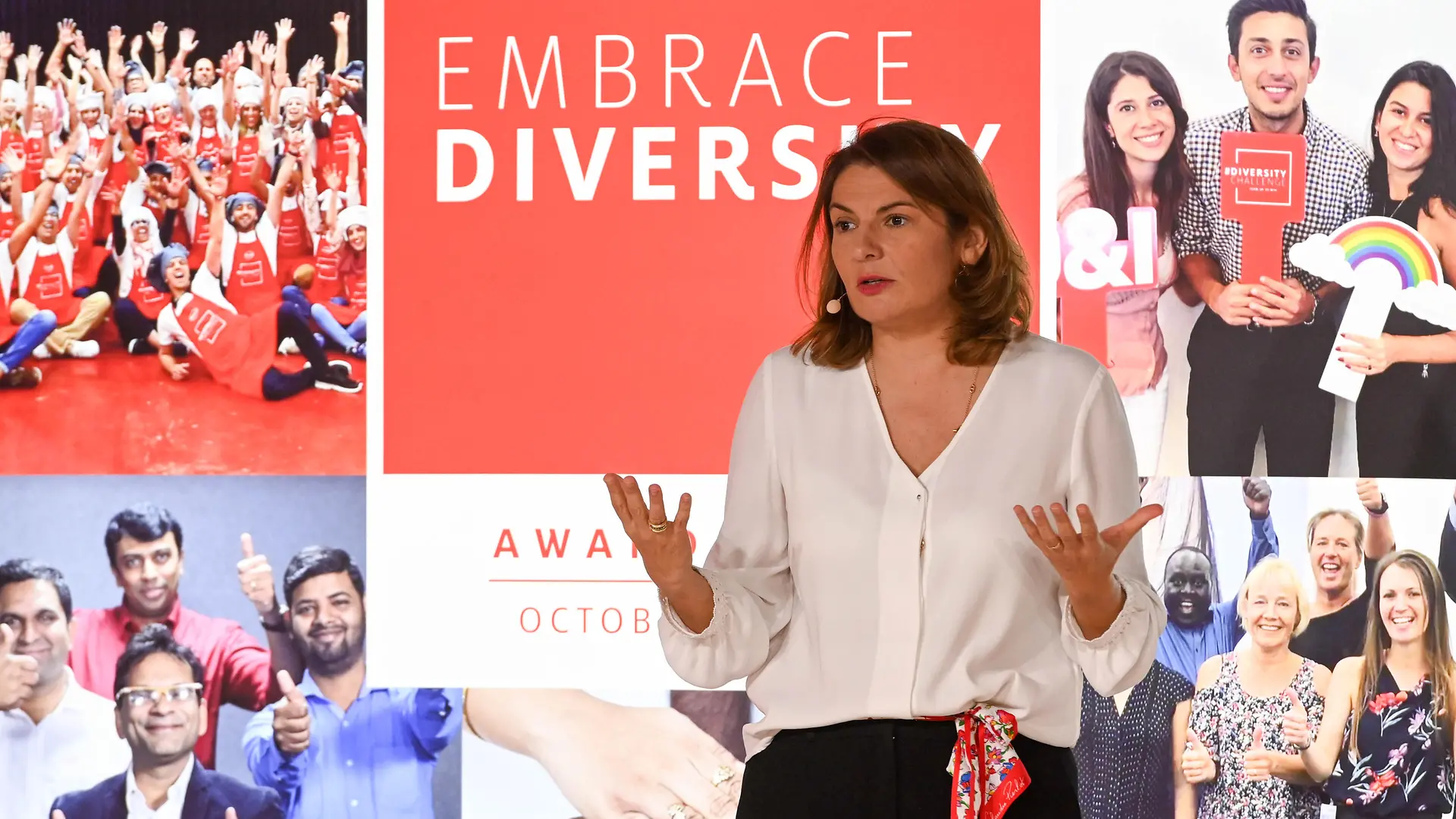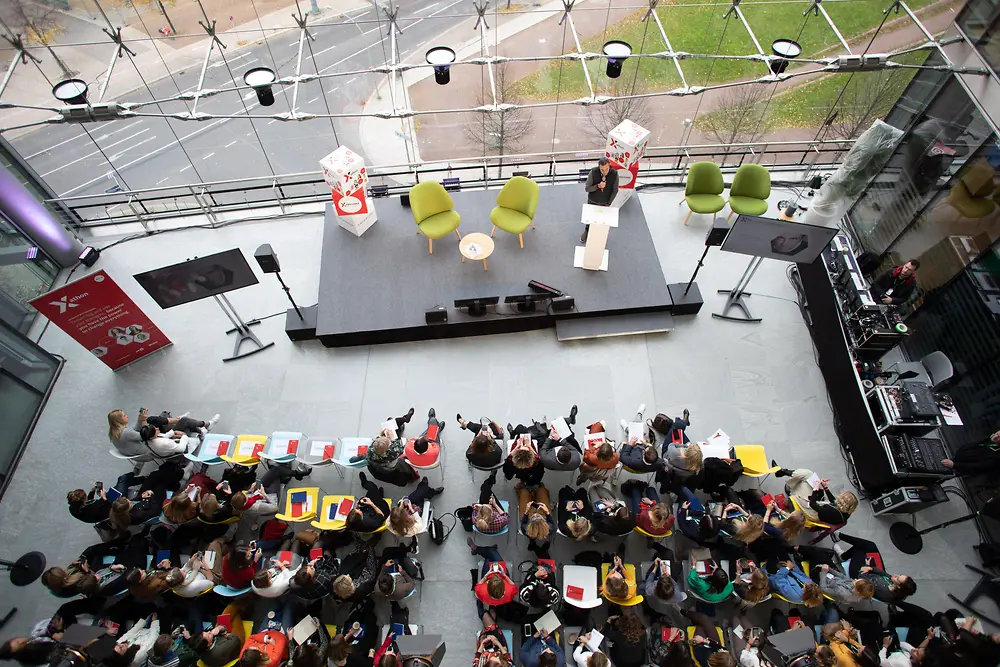Diversity: Never stop starting

Diversity makes us more creative, more innovative and more resilient. The best results are achieved when we learn to harness the strengths and talents of every team member. Only when we learn to see the world through different eyes, we find solutions we would not have thought about before.
For decades, Henkel has been known as a company that values, promotes and constantly re-thinks diversity in every aspect of our business. From work-life-flexibility to promoting female leadership: our dedication to fostering an inclusive work environment and culture has been recognized internally and by external observers. But we know that as soon as we stop starting, we start regressing. In a complex world, we have to constantly re-evaluate what “Diversity” means to us, what environment we want to work in, and how the diversity of our global team becomes a clear success factor.

The best results are achieved when we learn to harness the strengths and talents of every team member.
Sylvie Nicol
For example, around 35 percent of our management is female. We are proud of this number, but we know it isn’t enough, especially when looking at top management positions. I myself have benefitted from a culture that encourages women to pursue their career at any stage in their lives. I know how important support from supervisors and colleagues is in order to balance work and family.
Another statistic: Employees from 120 different countries work in our company, making cultural diversity a natural part of the everyday life at Henkel. We are a highly globalized company – we have strong roots in Germany, but most of our sales are generated outside of Europe, with a big portion coming from emerging markets. We operate and produce locally, and we pride ourselves in having a deep understanding of those markets. This, we can only achieve with strong local teams – and strong local leadership.
But whether it is about female empowerment or multi-cultural leadership: We must not forget that diversity is not an end in itself. It takes work to make diversity a success factor. We all have to broaden our minds; we all have to be willing to compromise. Only with the right mindset, a mixed crowd can become a melting pot.

“We must not forget that diversity is not an end in itself. It takes work to make diversity a success factor.”
Ultimately, it is about creating equal opportunities for all. Flexible working models, family support and mentoring programs are some of the means we think are essential to reaching this goal. Making the performance and potential of each individual visible, in order to identify promising talent, is another important factor. A third one is encouraging employees to speak about their roles – as a parent, a relative, a leader or an expat – and support each other.
It isn’t enough to promote diversity through words. We have to follow up on strong statements with meaningful actions. Last year, for example, we have launched our first ever Diversity Challenge which we honored some of our most inspiring and diverse teams at Henkel. This was only one element within a comprehensive agenda that not only touches every individual working in our company, but that is sponsored by top management. And yes, we need to think about what that means for our small circle, too. Because, as with so many things I write and care about: Diversity actually isn’t a topic for HR. Diversity is a management responsibility. We’re the ones setting an example for all employees. A diverse and inclusive culture is crucial for business – and its success is quantifiable. So, let’s keep on walking the talk and create truly equal opportunities for everyone.







